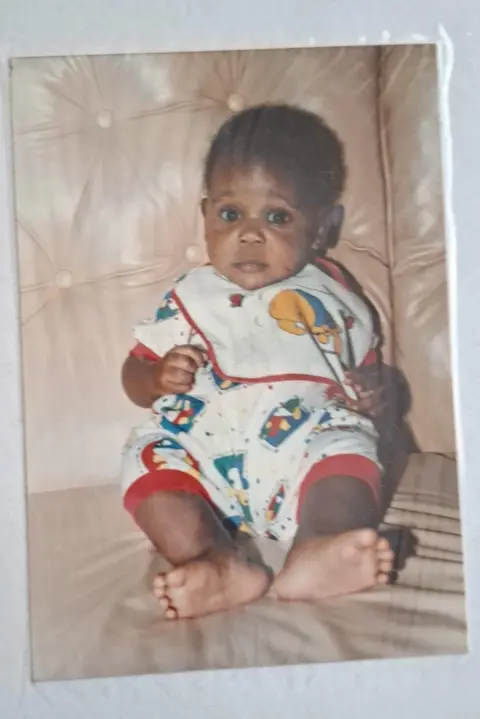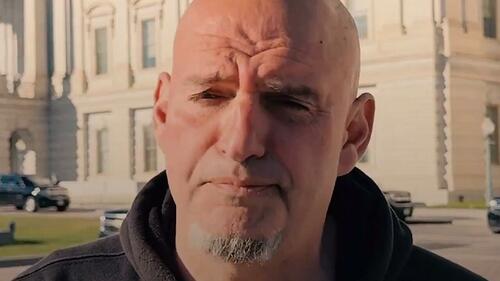Printing photos: How to keep your memories safe

I lost thousands of photos when my phone crashed. Now I print them out for my daughter

 Stephen Buffardi
Stephen Buffardi
As Stephen Buffardi was transferring photos to his new phone, the progress bar reached halfway – then it crashed.
Thousands of pictures with friends and family, including early dates with his now wife, were lost forever.
“It was annoying,” says the 36-year-old, who lives in Massachusetts. He and his wife Weena, 32, now have a six-year-old daughter, Sophia.
“When you have a kid you’re like, it would have been nice to have those photos now – to save them for her.”
Sophia will never be able to see the pictures of her parents when they first met.
For Stephen, this was a moment of realisation that digital photos don’t always stand the test of time. So he decided to start making physical albums for her.

 Stephen Buffardi
Stephen Buffardi
He’s documented her life as a newborn – featuring her hospital tag and ink prints of her tiny feet – as well as one for each year of her childhood so far.
And he’s currently putting together an album which will show her life as a five-year-old. Earlier this week he ordered 300 photographs to be printed.
This is nothing new – people have been compiling photo albums and scrapbooks for more than 100 years. It took off after World War Two when film photography became much more affordable.
But what should you think about if you want to keep your photos safe?
Experts broadly agree you should keep three versions of your most treasured pictures: the original on your phone, one copy online and one on a hard drive.
Some suggest going one step further – printing them out.

 Stephen Buffardi
Stephen Buffardi
In a digital world, preserving information is everyone’s problem.
Last week the UK government told businesses they should have contingency plans on paper in case of cyber-attacks. And just days ago, a problem with Amazon Web Services disrupted more than 1,000 businesses globally.
Christopher Barnatt, a former computing and future studies lecturer and YouTuber, says this is why we should think about making physical copies of all important documents – for example birth certificates, insurance papers and passports.
Photos are arguably no different. And there are plenty of tools we can use to protect them.
- What caused the AWS outage – and why did it make the internet fall apart?
- Amazon Web Services outage: Are we relying too much on US big tech?
One obvious step is to back them up onto an online cloud service like Apple’s iCloud or Google Photos. Smartphones often do this automatically.
But there are issues like space and cost.
iCloud has a limit of 5GB – which covers photos as well as iPhone backups and other app data. After that, it charges UK users £0.99 per month for up to 50GB of space. Google Photos offers 15GB – shared with the user’s Gmail and Google Drive content – before charging.
While these services are very stable, they are not totally risk-free.
Earlier this year, a woman in North Carolina told the WBTV news outlet that her iCloud account was hacked and her password was changed. She lost access to her photos and videos and said Apple told her there was nothing they could do about it.
You don’t have to be hacked though. If you’re really unlucky you might forget your password and be unable to restore it – meaning you can’t log back into your cloud service.
‘I assume the house could burn down’
It’s probably safer to keep your photos on a cloud service than on social media.
“A lot of people use social media almost like a diary. Social media platforms are set up to sort of serialise people’s lives and [create] narratives,” says Dr Esperanza Miyake of the University of Strathclyde, who researches how social media companies treat people’s data.
In 2019, a server migration by MySpace – which was once the most popular social media platform in the world – resulted in the loss of 12 years’ worth of music uploads.
They were “all gone”, says Dr Miyake.
Some were songs people had written and recorded at home so their friends could listen to them. The company apologised for the data loss.
There can be a cost issue, too. Earlier this month Snapchat announced it would start charging people for storing photos and videos on their messaging app, much to the annoyance of some users.
It said 5GB of storage would remain free but after that users would be charged $1.99 (£1.48) per month for up to 100GB of space.
Prof Winters suggests there will always be a problem with treating commercial platforms as archives. “They don’t have an archival function. They’re commercial entities.
“The assumption that we will always be able to keep uploading every single photo we take and have it preserved in perpetuity by a commercial entity is one that’s going to be tested at various points.”
This is why downloading your photos and keeping them on an external device like a hard drive or memory card is a good idea.
You shouldn’t have to worry about images becoming unreadable for a very long time – thanks to “robust” image file formats like jpeg, according to Prof Winters.
Many hard drives work for up to 10 years – with some lasting for 20 – so it’s important to move your pictures to new hard drives as the decades pass.

 Thendo Muloiwa
Thendo Muloiwa
If you’ve got your three copies of your photos, you’re in a good place. But what about printing them out?
Despite the risks of fire, water damage, or simply being misplaced, it’s still a genuinely durable way of passing down memories through the generations.
Dr Barnatt and Dr Miyake say people who grew up with social media and mobile phones should keep offline copies of their most beloved items.
“It’s about valuing what’s important to you before it’s too late,” says Prof Winters.
If you start thinking about printing out your digital archive too late in life, “you may have lost the things you value already”.
South African Thendo Muloiwa has decided to do just that, at the age of 28.
He loves the photo albums his parents made for him when he was a young child and wants to do the same with the digital pictures he has snapped using his phone. They show the places he has been and the friends he has made during his 20s.

 Thendo Muloiwa
Thendo Muloiwa
Some archivists and futurists see this return to print as a way to counter a “digital dark age” – the idea that photos, videos and text might become unreadable as technology changes.
But Prof Winters thinks those claims are overblown, pointing to major international efforts to preserve more and more digital and online internet.
For many people, printing photos is more than just about documenting history.
Thendo says there is a particular joy people share when looking through a photo album together and chatting.
“You can’t really do that on your phone,” he tells me. “I mean, sure, you can open up your iCloud or whatever and scroll through all your photos, but you’re going to find a lot of random pictures.
“As opposed to a photo album where you would have the perfect picture that you have picked and put in there – that’s the difference.”
Recent Top Stories
Sorry, we couldn't find any posts. Please try a different search.











